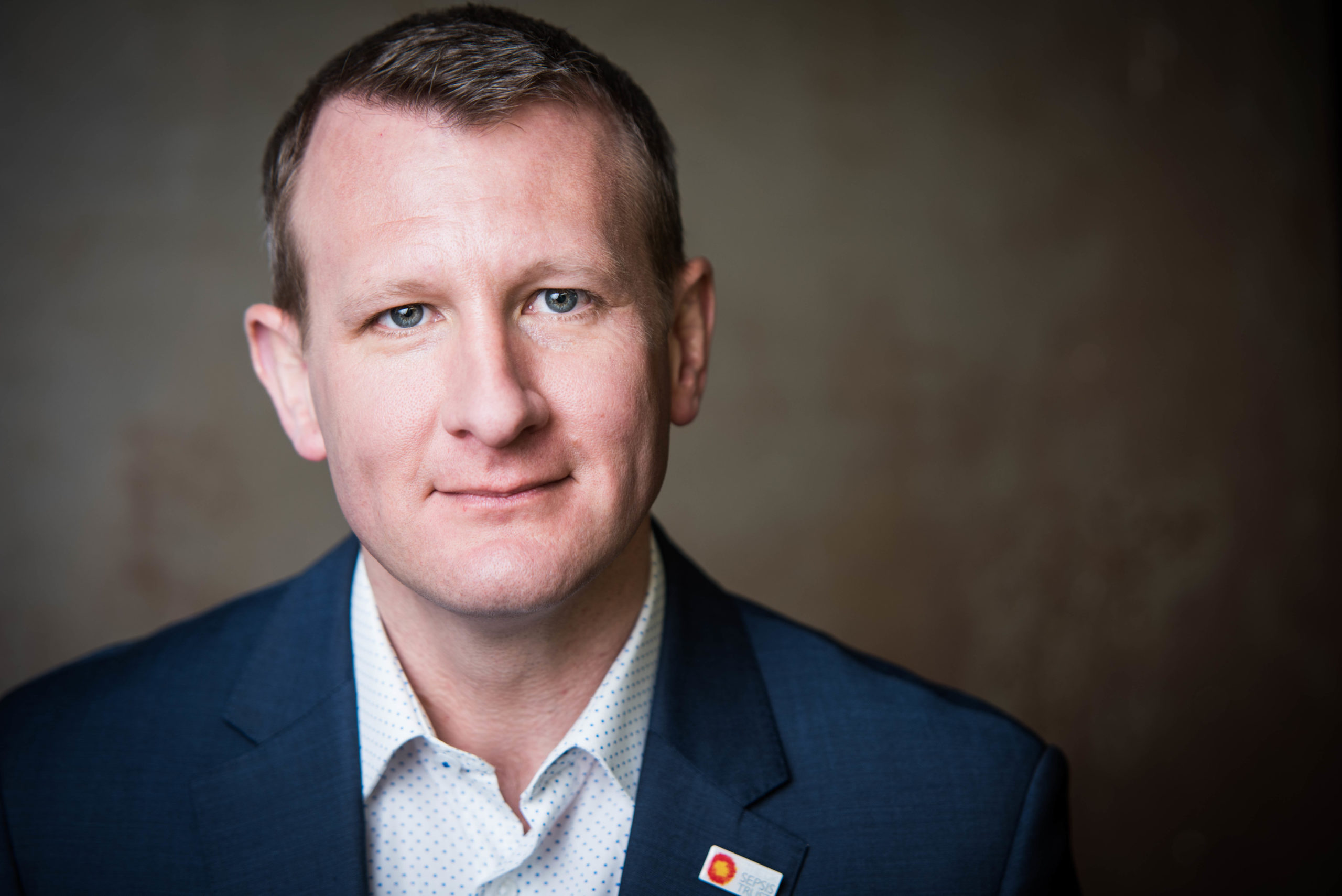The fight against sepsis in the Covid era

Dr Ron Daniels, founder and Chief Executive of the UK Sepsis Trust, has long been on a mission to improve sepsis outcomes. How has the pandemic affected this struggle?
While Covid will live with us for the foreseeable future, with localised spikes on the horizon, other conditions have continued to exist throughout the pandemic. Sepsis kills 48,000 people in the UK every year, not dissimilar to the numbers of deaths currently seen from coronavirus. But as with many infectious diseases, improving sepsis outcomes will have a demonstrably positive effect on our ability to reduce mortality rates for others, namely Covid-19.
In the words of a statement agreed between the Global Sepsis Alliance and the WHO: “Manifestations of sepsis and septic shock are frequently the final pathway for emerging infectious disease threats such as the Covid-19 pandemic and the recent Ebola outbreaks, contributing to an increase in the overall global burden of sepsis.”
Making this case at a recent Hospital Times webinar was Dr Ron Daniels BEM, Chief Executive and Founder of the UK Sepsis Trust and an Executive Director of the Global Sepsis Alliance. Ron has become something of a missionary in the fight against sepsis and has championed this issue in recent years.
One of humanity’s greatest threats
Through his day job as an Intensive Care Unit Consultant, Ron has unique insight into how the struggles against sepsis and Covid-19 are intrinsically linked. “The current pandemic reminds us of the dangers of infectious diseases. They have been, and remain, one of the greatest threats to mankind we have ever known,” says Ron, who is keen to bring discussions relating to mitigating Covid-19 into a wider context.
An Institute for Health Metrics and Evaluation report from 16 January 2020 highlights this, outlining that sepsis affects some 50 million people every year, killing 11 million. “That is one life every three seconds,” says Ron, who continues, “while Covid-19 is a respiratory illness, the primary mode of death of seriously ill patients, is in fact, multi-organ failure.” Therefore, he says, Covid-19 is a major driver of sepsis.
In this context it is more crucial than ever that we turn our attention to this deadly infectious disease.
While he perhaps would not embrace the term “missionary”, Ron has been at the forefront of improving sepsis outcomes for years. It was thanks to the work of the UK Sepsis Trust that the Sepsis Six was created, a unique tool to help junior clinicians through treatment steps once sepsis has been identified or at least suspected in a patient. “The Sepsis Six is not ‘high science’,” says Ron, “but simple and practical steps to deal with sepsis that can be applied in a variety of clinical settings, and aim to empower juniors rather than replace clinical judgement.”
Demonstrating its applicability and versatility is the fact that the Sepsis Six are currently being used in 37 countries and has been endorsed by NICE. The Sepsis Six have universally been associated with improving sepsis outcomes worldwide.
Despite recent progress, Ron is the first to highlight that there is still so much more to be done to improve sepsis outcomes around the globe. He says, “sepsis can affect anyone at any time, and we are striving to save at least 7,000 more lives every year. We need to refocus the public and political discussion to shift the dial on this deadly disease.”
Improving aftercare
What has been a key point for Ron and the UK Sepsis Trust of late has been the focus on aftercare for seriously ill sepsis patients. Beyond the binary outcomes of sepsis, there are many highly significant long-term consequences that are often neglected.
Ron points to extremely concerning figures from the academic literature relating to the aftercare of sepsis survivors. According to recent figures, 17 per cent of sepsis survivors suffer from moderate to severe cognitive disruption, and 22 per cent of survivors suffer from some form of PTSD. “What this culminates in,” says Ron, “ is the inability for survivors to resume normal life and return to work.” Currently, he says, around 43 per cent of working-age sepsis ICU survivors have not returned to work a year after they have been discharged from hospital.
While the nature of life after Covid is still unfolding, there are striking similarities in the approaches we must take to improve aftercare for both sepsis and coronavirus survivors.
The UK Sepsis Trust support teams, currently providing support in 33 centres across the country, have had to rapidly adjust to increase the breadth of their expertise to help patients recovering from stints in Covid ICUs. This has culminated in the development of the UK Sepsis Trust Covid Recovery Response program. What Ron’s team is learning is that people recovering from Covid-19 have very similar cognitive, physical, and psychological after-effects to those recovering from sepsis.
“While we have a fantastic team of nurses on hand to help patients safely live their lives,” Ron says, “we need to expand our knowledge base further. So, we not only need nurses, we also need the dieticians, the physiotherapists and psychologists.” Improving the UK’s aftercare infrastructure is now a major focus for Ron and the UK Sepsis Trust, who hope that the recent pandemic has shed some light on its shortfalls. They’ve partnered with the Intensive Care Society to begin to explore how this can be delivered, and have offered their help to NHS England’s project.
Developing a holistic approach to aftercare is crucial here, both in the case of Covid-19 and sepsis patients. Ron notes that, “outcomes are not really driven by simply how old you are, but how fit and active you are. It is all about fragility.” As Ron highlights, there is so much more the UK can be doing both to improve survival rates and quality of life after discharge from hospital.
